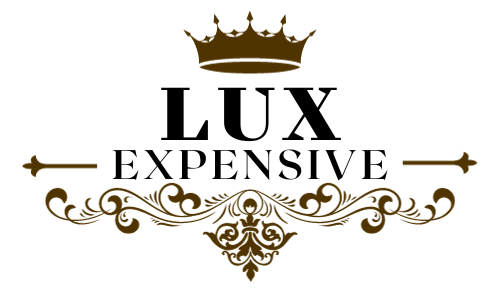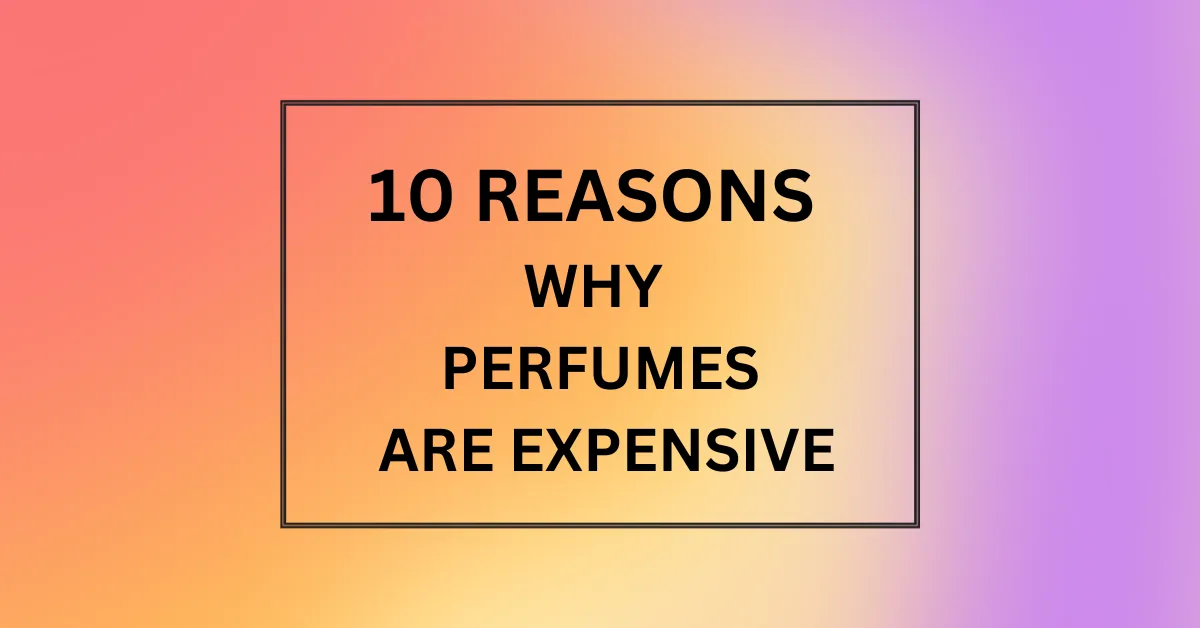Perfumes are expensive because of the high cost of precious, ethically sourced ingredients, the lavish packaging and branding efforts, and the target wealthy demographic that luxury brands base their ability-to-pay pricing off of.
Ah, perfumes! Those alluring fragrances that make us feel oh-so-glamorous. However, take a look at the price tags and suddenly the fantasy fades. Why are these pretty little bottles so crazy expensive? Well, let’s dive into the complex world of perfume pricing!
Top 10 Reasons Why Are Perfumes So Expensive
1. The Ingredients Don’t Come Cheap
You might expect most perfumes to contain, well, perfume! But in reality, less than 20% of your average fragrance is the good aroma stuff. The rest is alcohol, water, and emulsifiers that stabilize the mixture.
And that perfume component contains precious essences extracted from over 900 types of flowers, plants, and animal secretions. We’re talking jasmine from Egypt, oud wood from Southeast Asia, even whale vomit from the depths of the ocean! From rare sources like these, it’s no wonder the ingredients to make these magic potions cost a pretty penny.
2. Ethical Sourcing Drives Up Costs
Trendy niche perfumers pride themselves on sustainably sourcing their extravagant ingredients to protect rare species and support indigenous harvesters fairly. That means no illegal poaching of endangered wildlife for gland secretions! It also means paying villages fairly for their precious flowers like Turkish roses.
Such ethical practices mean much smaller batches, more complexity, and way higher costs. But for many socially-conscious perfumistas, it’s worth it to smell good AND do good. Though it does get passed onto the buyer through a higher retail price!
3. It’s Literally Liquid Gold
The famous perfume Chanel No. 5 is among the world’s most expensive fragrances at $150+ per ounce. Coincidentally, it also contains an ingredient more expensive than actual gold – rose absolute!
To produce merely 1 ounce of this exquisite elixir extracted from delicate Turkish rose petals requires harvesting by hand an influx of 10,000 flowers. Decadent indeed! No wonder the rich, full floral scent comes in Chanel’s iconic sleek black-and-gold bottling. Spritzing it on feels practically like dousing yourself in liquid gold and botanical treasures combined! But you’ll pay for the opulent experience.
4. High-End Packaging Doesn’t Come Standard
A perfume is as much about the visual experience as the actual scent. We covet glamorous glass flacons with elegant detailing and accessories as a symbol of luxury. Those weighted crystal stoppers, gold leaf etching, and quilted leather cases don’t come standard!
High-end fragrances invest big bucks into ornate bespoke packaging that transforms the scented liquid into an objet d’art. For some niche brands like Clive Christian No. 1 costing $2,500 a bottle, the breathtaking bottle etched with diamonds and gold is more valuable than the perfume itself! All that over-the-top glitz certainly doesn’t come cheap for us buyers.
5. Prestige Pricing as a Sales Strategy
Strategically pricing on the steeper side can actually work for luxury perfume brands trying to maintain an elite air. When you spot a $500 bottle of fragrance at the perfume counter, the astronomical price tag subconsciously signals high quality, exclusivity, aspiration!
Even if the juice inside isn’t vastly different formulation-wise from its $80 designer counterpart, that hefty price tag perception holds serious weight. Consumers want to believe they’re buying into something posh and privileged when they fork out big bucks. And indeed they are! – paying mostly for image and status, not actual production value.
6. Niche, Not Mass-Market Production
Your standard mass-market drugstore fragrances churn out huge batches made as affordably as possible. Conversely, niche “haute parfumerie” houses dealing in luxury essences produce much smaller runs — think a few thousand units versus millions. They focus on artistry over accessibility.
Also, these fancy pants perfumes often contain a higher ratio of those costly natural essences to synthetics. When you’re not operating on an economy of scale, don’t mass produce, and pour more precious oils into a batch, the unit price tag soars. And no big shocker here — we buyers foot the bill!
7. It’s What Their Clientele Can Bear
Price tags aren’t set arbitrarily. Esteemed luxury brands actually invest heavily into understanding the consumer behavior of their highly affluent clients. Through focus groups, interviews, surveys and testing willingness to pay, companies determine the maximum price the market can bear for desirability without dampening sales.
For the target demographic of the 1%, dropping a grand on an signature scent is considered far more reasonable. Thus, they inch prices steadily higher over time, as long as their wealthy clients continue eagerly doling out the cash. Guess us average Janes will keep admiring from afar!
8. Branding & Marketing Amounts to Big Bucks
Ever wonder why you’re constantly bombarded with perfume ads featuring glamorous celebrities, almost otherworldly in their beauty? That’s no accident or organically viral social media phenomena. Prestige perfume brands pour mountains of money into influencer contracts, primetime ads, glossy magazine pages, counter displays, sampling events and more to hook people onto their fragrances.
And guess who ultimately pays for these aggressive branding and marketing efforts? The consumer, with yet again higher retail pricing built in to ultimately fund the initiatives to lure us in with dreams of sex appeal.
9. Retailers Take a Handsome Cut
From boutique sales associates to department store beauty counters, plenty of middlemen get their slice of profit before the perfume even reaches our excited noses. Not to knock commissioned sales reps who rely on perfume’s beefy profit margins, but 58% of perfume’s retail cost goes towards getting the product on the shelf.
That means bloated margins for distributors, licensing deals with celebrities, and fierce competition amongst retailers for prime counter space. With everyone trying to get their cut along the way, prices inflate drastically by the time the scent finally faces us shoppers!
10. It’s What We’re Willing To Pay
Still feeling the pinch after handing over a day’s paycheck for a few ounces of scent? The truth is perfume prices remain astronomically high because we continue forking over the funds. Consumers perpetuate the market value and signal it’s fair play. Our wallets vote en masse keeping demand buoyant at sky-high prices.
So brands respond in kind with even pricier launches. Until more shoppers actually walk away from that $300 bottle of essential oils, perfume purveyors will keep proudly sticking triple-digit price tags onto tiny works of olfactory art. And really, who can blame them? Scent sells!
Is perfumes a good brand?
Whether a perfume brand is “good” is subjective based on personal preference, but established luxury houses like Chanel, Dior, and Guerlain are known for high quality fragrances using exquisite ingredients.
Are perfumes good?
Yes, perfumes can be beneficial – the right scent works almost like an instant mood-booster and self-esteem lift, helping you feel more confident, attractive, even happier.
Are perfumes worth the price?
That depends on your budget – for most shoppers, costly niche perfumes aren’t a daily necessity worth their astronomical price tags. However, aficionados argue high-quality ingredients in beautiful packaging deserve investment as art.
Where to buy perfumes?
Department stores, niche boutiques, and online retailers like Sephora, Nordstrom, LuckyScent, Saks Fifth Avenue and FragranceNet are popular destinations for browsing and buying a wide selection of perfumes.

